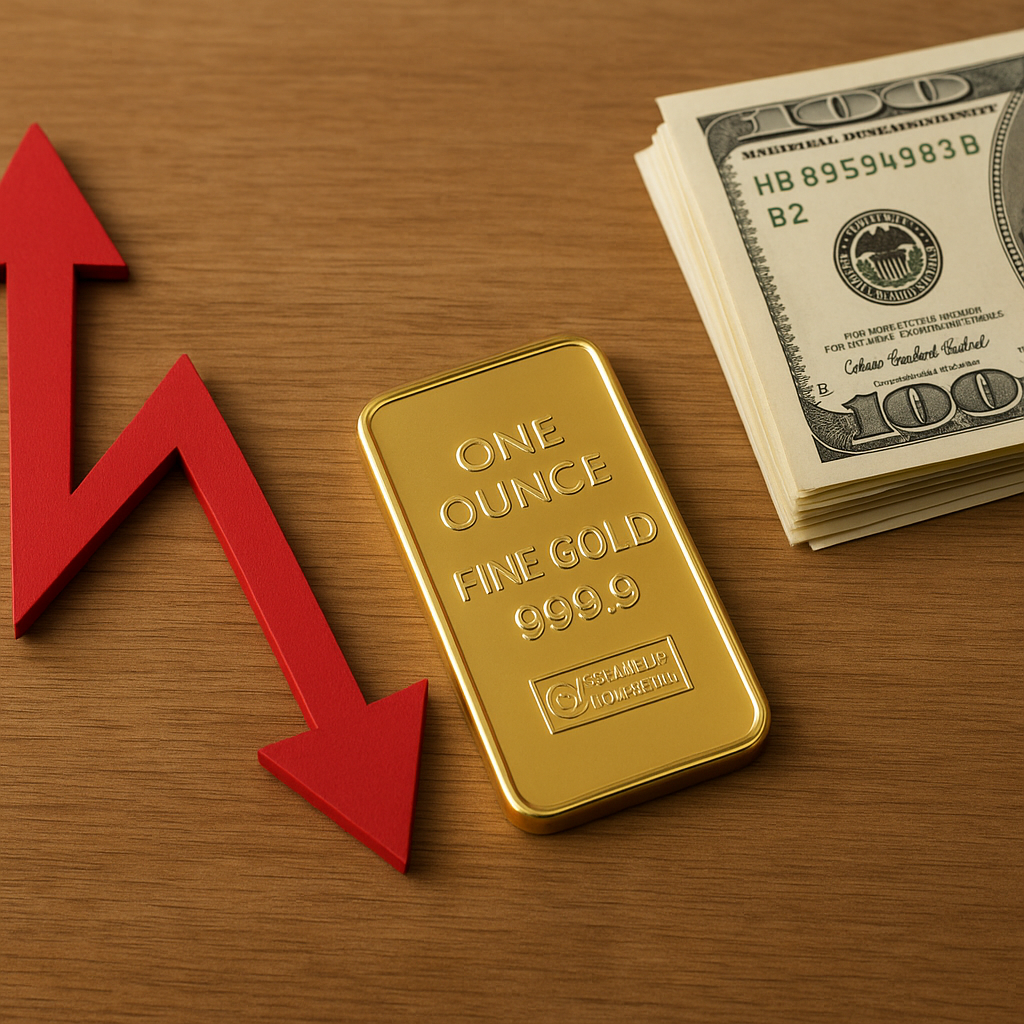Gold has long been considered a safe haven asset, a reliable store of value during times of economic uncertainty. As we look towards 2024, the dynamics of global events continue to play a significant role in shaping the price of gold. Understanding these influences is crucial for investors, policymakers, and anyone interested in the global economy.
Geopolitical Tensions and Gold Prices
Geopolitical tensions have historically had a profound impact on gold prices. In 2024, several regions around the world are experiencing heightened political instability, which could lead to fluctuations in the gold market. For instance, ongoing conflicts in the Middle East, territorial disputes in Asia, and political unrest in parts of Africa and South America contribute to a climate of uncertainty. Investors often turn to gold as a hedge against geopolitical risks, driving up demand and, consequently, prices.
Moreover, the relationship between major powers, such as the United States, China, and Russia, continues to be a critical factor. Trade disputes, military posturing, and diplomatic tensions can all lead to increased volatility in financial markets. In such scenarios, gold often emerges as a preferred asset, as it is perceived to be less susceptible to the whims of political maneuvering. As a result, any significant developments in these geopolitical arenas are likely to have a direct impact on gold prices in 2024.
Economic Policies and Their Influence on Gold
Economic policies, particularly those related to monetary policy, fiscal stimulus, and inflation control, are key determinants of gold prices. Central banks around the world, including the Federal Reserve, the European Central Bank, and the People’s Bank of China, play a pivotal role in shaping economic conditions. In 2024, their decisions regarding interest rates, quantitative easing, and other monetary tools will be closely watched by gold investors.
Inflation is another critical factor. As economies recover from the disruptions caused by the COVID-19 pandemic, inflationary pressures have become a concern. Gold is traditionally seen as a hedge against inflation, as its value tends to rise when the purchasing power of fiat currencies declines. If inflation rates continue to climb in 2024, we can expect increased demand for gold, pushing prices higher.
Additionally, fiscal policies, such as government spending and taxation, can influence economic growth and stability. In times of economic expansion, demand for gold may decrease as investors seek higher returns in equities and other assets. Conversely, during economic downturns or periods of fiscal uncertainty, gold often becomes more attractive, leading to price increases.
Technological Advancements and Gold Mining
Technological advancements in gold mining and processing can also impact gold prices. Innovations in extraction techniques, environmental sustainability, and resource management can affect the supply side of the gold market. In 2024, the industry is likely to see continued efforts to improve efficiency and reduce the environmental impact of gold mining.
These advancements can lead to changes in production costs and output levels, influencing the overall supply of gold. If technological improvements result in increased production, it could exert downward pressure on prices. However, if environmental regulations become more stringent, limiting mining activities, the supply of gold may decrease, potentially driving prices up.
Global Economic Growth and Its Effects on Gold Demand
The state of the global economy is a fundamental driver of gold demand. In 2024, the pace of economic growth in major economies, such as the United States, China, and the European Union, will be closely monitored. Strong economic growth typically leads to increased consumer spending and investment in riskier assets, which can reduce demand for gold.
Conversely, if economic growth slows or if there are signs of a recession, investors may flock to gold as a safe haven. The interplay between economic growth and gold demand is complex, as it is influenced by various factors, including employment rates, consumer confidence, and trade dynamics. Understanding these relationships is essential for predicting gold price movements in 2024.
Conclusion
In conclusion, the price of gold in 2024 will be shaped by a myriad of global events and factors. Geopolitical tensions, economic policies, technological advancements, and global economic growth all play interconnected roles in determining the value of this precious metal. For investors and analysts, staying informed about these developments is crucial for making informed decisions in the gold market. As the world continues to navigate through uncertain times, gold remains a vital asset, offering both challenges and opportunities in the year ahead.












